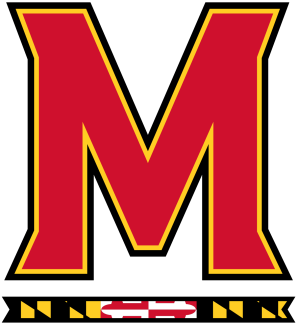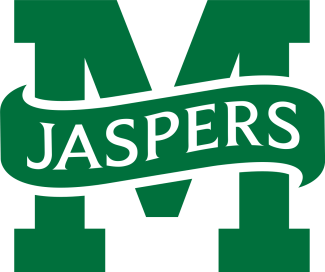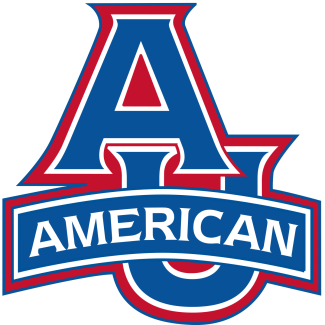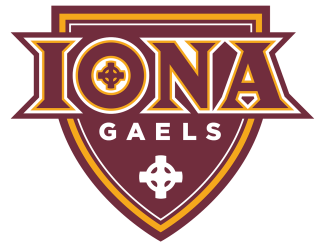Sparks, Md. (August 12, 2021) — Broadening allowances for free movement and evolving penalty administration were the overarching changes supported by the high school girls’ lacrosse rules committee for the 2022 season. The changes have been approved by the board of directors for both the National Federation of State High School Associations (NFHS) and for USA Lacrosse.
“While there are 19 rules changes passed this year, the majority of them are tweaks and minor adjustments as the game evolves in the free movement era,” said Caitlin Kelley, women’s game director at USA Lacrosse and liaison to the Girls’ Lacrosse Rules Committee. “The committee did a great job of looking through the details of the game and modifying substitution rules, equipment allowances, and penalty administration to allow for a better flow of the game.”
The allowances for substitutions were expanded to occur more fluidly throughout the game, including between overtime periods, during a re-draw, and during the administration of a player suspension/ejection.
Additionally, to reduce the potential for false starts during the last two minutes of each half, the game clock will no longer be stopped in every instance that the official blows the whistle to stop play (Rule 4-1-2). The clock will only stop during official time-outs or fouls committed in the critical scoring area. Exceptions still remain for a 10-goal lead scenario.
The official’s time out in Rule 4-2-2 has been expanded and now includes additional situations where an official’s time-out must be taken. Previously, officials stopped play in case of illness, accident or injury, for the issuance of a card, to check a crosse, and any time a draw had to be retaken. Now, stoppages will also occur in the event of an offside call, an inadvertent whistle, alternate possession, and for fouls in the critical scoring area during the last two minutes of play in each half and overtime.
The language in Rule 2 also had some modifications and changes, including a clarification in Rule 2-7-7, which permits participants to wear secured, non-abrasive head coverings for religious or cosmetic reasons without first obtaining state association approval. Also, Rule 2-7-3 allows face masks that are soft and non-abrasive, further clarifying the allowance for the masks that have been worn throughout the COVID-19 pandemic.


























































